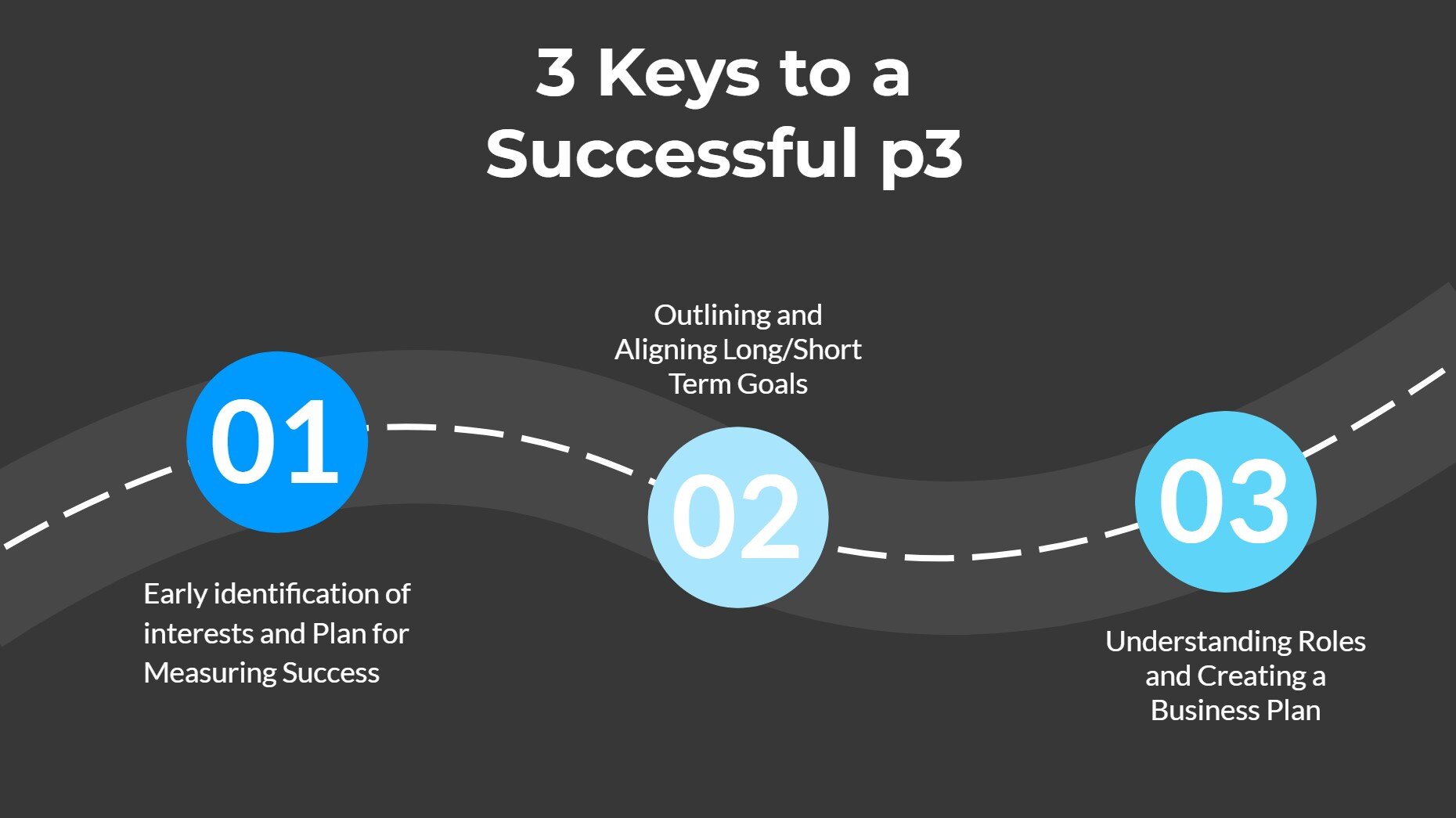What Should Partners Look for in Public-Private Partnership (Copy)
Public-private partnerships can be highly effective when organized properly, but they can also cause many problems if executed improperly. With the need for infrastructure high right now in the United States, p3 projects are positioned to be effectively leveraged to implement faster and better infrastructure solutions ranging from broadening the electrical grid to improving our green spaces. There is a great potential to create something greater than the sum of its parts. In order to avoid turning a great opportunity into a massive headache, interested partners should look for a partnership that builds in the following three components when planning a project.
Early identification of interest and measurement of success
Starting the planning process by highlighting interests within the project and the plan for measuring success is an important first step. This conversation sets up the next two points well because it gets right to the point. What is your interest in the project and how are we going to measure success? Interest is central to a p3. The purpose of the partnership is a partnership. A p3 is developed because two partners can come together to create something greater together and both satisfy their interests. Having the right interests and understanding why your partner is there is the first step to working together effectively. The second part of this step is to determine how you will measure success. Where interests lay, parties will want to successfully satisfy those interests. It is important and expedient to establish what success will look like for each party early on. This will establish a framework for all parties to understand what their partners’ goals are and the milestones they need to hit along the way. These interests are what bring the partnership together, so it is critical to establish them clearly and recognize what parties are looking for and how they plan to get there.
Outlining and Aligning Long/Short Term Goals
Following up on your interests and planning for measuring success is a great first step, but partners also must outline what they are going to measure. While it is unlikely that each partner would go into the project with no goals, it is important to align those goals, short and long term.
Another feature often overlooked is short and long-term goals. The short-term, immediate goals are often the focus, but planning for long-term goals such as maintenance, future use, upgrades/renovation, etc is important to plan out during the project. The long term is where many partners can find differences. A central purpose for p3s is to improve the value and decrease risk by distributing it. Failing to align long-term goals can prevent value and increase risk. One partner planning only for the short term leaves the responsibility of upkeep, planning, funding, and risk in the hands of the remaining partner.
Understanding Roles and Creating a Business Plan
This may be the third point, but this is a huge step. Loose agreements will fall apart once the project starts. Partners will disagree about who should fix what or who should pay for this and that. All of this creates a massive headache for project managers and it will slow down the project leading to more costs and missed deadlines. Discussing roles, expectations, and creating a solid plan (in writing) is a sure-fire way to avoid many disagreements and work halting issues down the road. Making sure to complete the two previous points is great, but if none of it is written out and agreed to concretely, then it really won’t mean much.
While understanding and sticking to roles is important, it is also a partnership, so working in support of each other is important for project success too. How can you support each other while not interfering in each other’s roles? Someone’s role can be marketing, but another partner can step up and help with content ideas. If everyone sticks to their roles strictly, then the partnership factor is lost. Planning to support each other by contributing what you’re best at is a great way to squeeze all of the benefits out of a p3.
While the increased notoriety of p3s on the national stage is a great step toward improving the infrastructure of the country and tackling challenging issues, it is imperative that these projects be well thought out and executed with a plan. The operative word there is “plan.” At NMBL, we see the value inherent in a well-crafted and executed plan. That is why these three insights are truly just facets of the overall planning process that should be built into any p3.
Interested in more p3 insights? Check out some of our other blogs on The History of the P3 Market and What's Next and the Top 5 ways to Align Vision of a PPP. If you want to learn more about how we develop effective strategies for public-private partnerships, reach out to us today to start a conversation.










